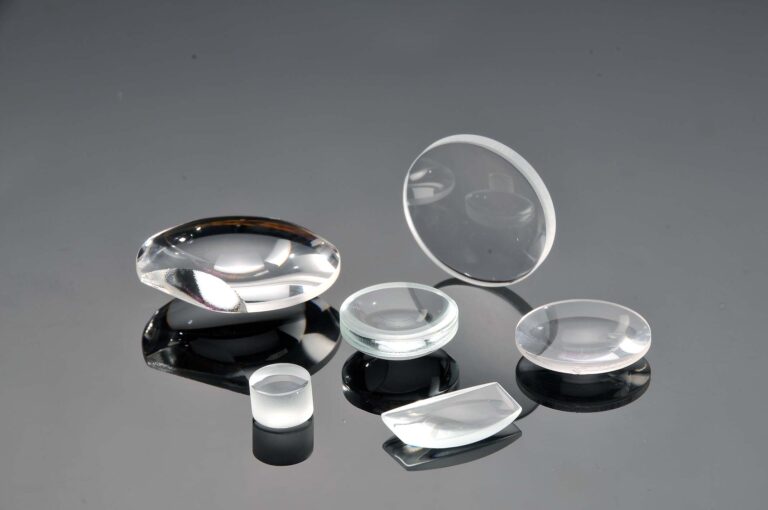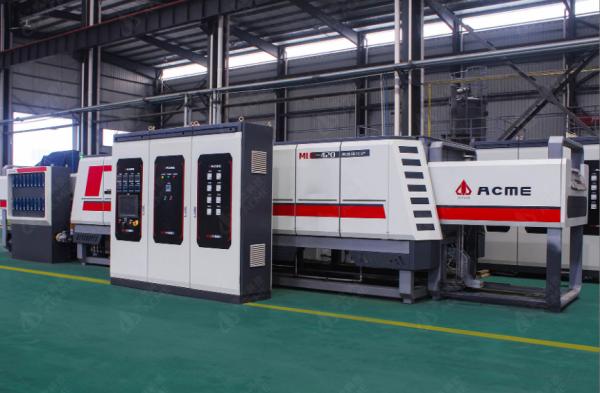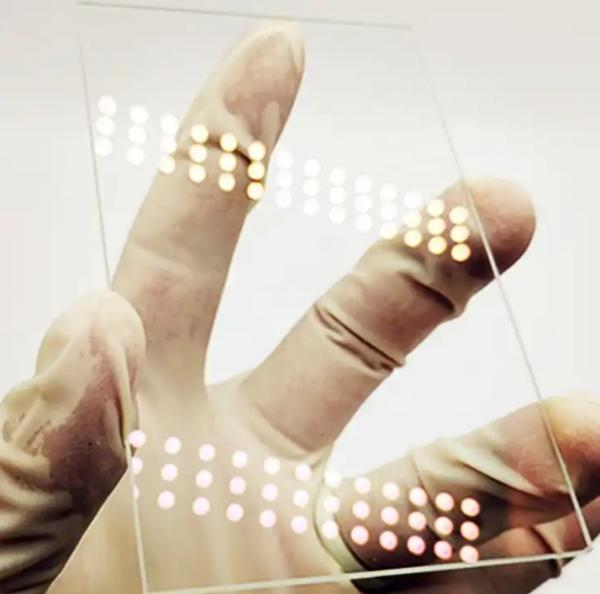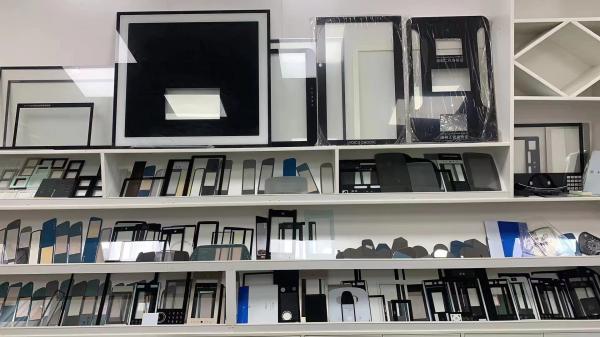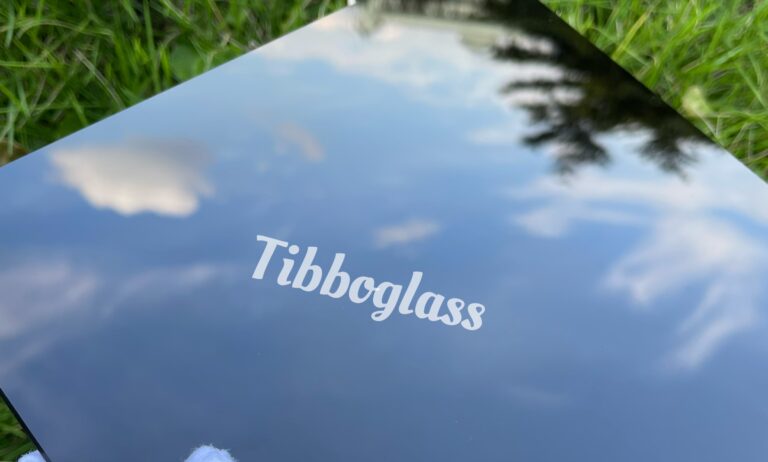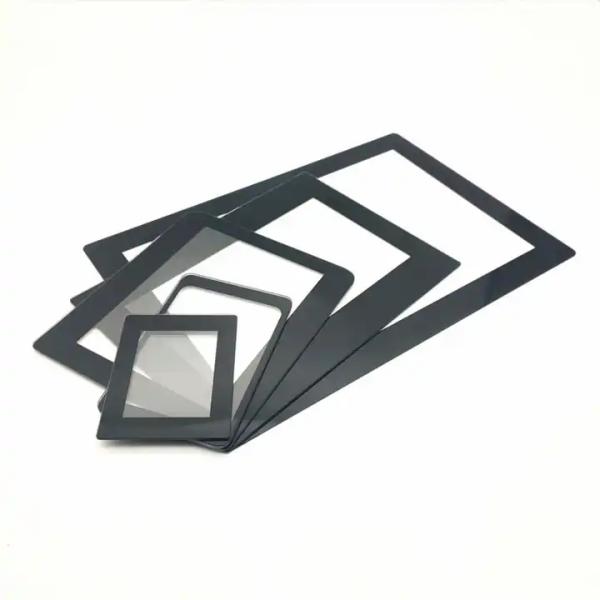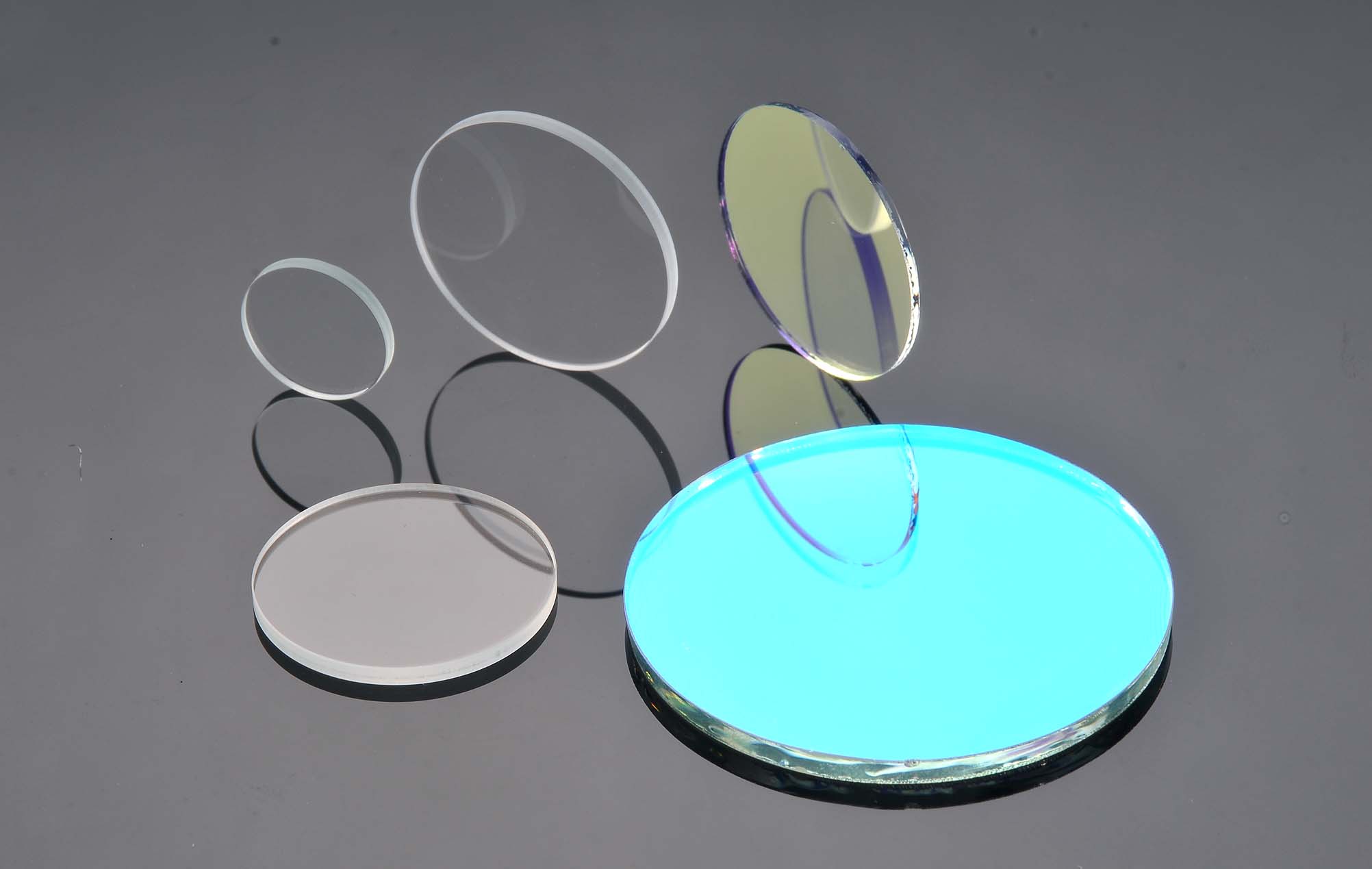
The term “AF Glass” refers to anti-fingerprint glass, an innovative solution increasingly sought after in various industries. Coating technologies for AF Glass have evolved significantly, responding to the demand for cleaner, more durable surfaces on devices and in architectural applications.
The Rise of AF Glass Coating in Modern Applications
Understanding AF Glass Coating
AF Glass coatings are designed to resist the smudges and fingerprints that are often inevitable with the touch of human skin. This is achieved through the application of specialized materials that decrease the surface energy of the glass, making it less likely for oils and dirt to adhere.
The Importance of AF Glass in Everyday Use
From smartphones to kitchen appliances, the presence of AF Glass coatings has become an essential feature for consumers who value cleanliness and clarity. The technology not only improves aesthetic appeal but also contributes to the hygiene and longevity of the products.
Technological Developments in AF Glass Coating
Advancements in Coating Materials
Research into new materials, including nanocoatings and advanced polymers, has led to more effective AF coatings. These materials can be applied more thinly and evenly, enhancing durability without compromising the touch sensitivity of the glass.
Improved Application Techniques
The methods used to apply AF coatings have also improved, with techniques like plasma-enhanced chemical vapor deposition (PECVD) allowing for better adhesion and more uniform coatings.
The Impact of AF Glass Coatings on Different Sectors
Consumer Electronics and AF Glass
In the consumer electronics market, AF Glass coatings are crucial for ensuring that devices can withstand constant handling. Manufacturers are investing in these coatings to enhance user experience and device longevity.
AF Glass in Architecture and Design
AF Glass is not limited to small-scale applications; it’s also making an impact on architecture. Large glass installations in public spaces benefit from anti-fingerprint coatings, maintaining their pristine appearance with minimal maintenance.
Future Trends in AF Glass Coating Technologies
The Role of Sustainability in AF Glass Innovations
Environmental considerations are increasingly guiding the development of new AF Glass coatings. Future innovations may include biodegradable materials or methods that require less energy consumption.
Anticipating the Next Generation of AF Glass Coatings
Looking ahead, the next generation of AF Glass coatings may integrate additional properties like antimicrobial or self-healing features, further enhancing the functionality and appeal of coated surfaces.
FAQ
Q1: What makes AF Glass coatings resistant to fingerprints?
A1: AF Glass coatings are made from materials that lower the surface energy of the glass, making it more difficult for oils and dirt from fingers to stick to the surface.
Q2: How are AF Glass coatings applied to surfaces?
A2: There are various methods, including spraying, dipping, and vapor deposition. Techniques like PECVD enhance the adhesion and uniformity of the coatings.
Q3: Can AF Glass coatings be applied to any type of glass?
A3: Most AF Glass coatings are versatile and can be applied to a wide range of glass types, but the specific coating and application method might vary depending on the glass’s properties and the intended use.
Q4: Are AF Glass coatings durable?
A4: Yes, with advancements in materials and application methods, AF Glass coatings are designed to be durable and withstand regular cleaning and handling.
Q5: What is the future of AF Glass coating technologies?
A5: The future is likely to see coatings that are more environmentally friendly, have additional functionalities like antimicrobial properties, and perhaps even self-healing abilities to repair minor scratches and imperfections.

